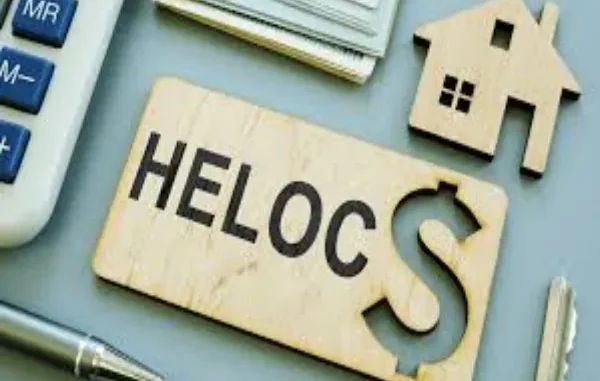
Source: Freepik
Securing a HELOC is only half the equation. Paying it back is equally important. Since your home serves as collateral, the lender might take possession of the property or take legal action if you fail to make repayments as agreed upon.
Here’s the good news: You’re not alone, and more importantly, you’re not out of options. The key is to understand the situation and act quickly so it doesn’t spiral out of control. Here are two strategies you can adopt to manage your HELOC when it appears utterly unmanageable.
Contact Your Lender
First things first, get in touch with your lender as soon as you foresee difficulties. Ignoring the problem or waiting until the last limit can cause severe consequences, such as:
- Late fees
- Damage to your credit score
- Foreclosure
Clearly explain the reasons you’re struggling to make AmeriSave HELOC payments, whether it’s job loss, sudden medical bills, or a temporary financial setback. In most cases, lenders are willing to work with you if you reach out early and stay honest.
Inquire about your options, such as a customized payment plan, where you spread out missed payments. You can also switch to interest-only payments for a certain period of time.
Communication is key. By acting quickly and keeping your lender in the loop, you can avoid adverse circumstances.
Explore Refinancing Options
Refinancing involves reconstructing your loan or converting it into a different form. There are numerous ways to refinance your HELOC, such as:
Refinance with a New HELOC
Refinancing your existing HELOC into a new HELOC can extend your draw period. You can pull off those larger payments for another five or ten years. A new HELOC might also come with a lower interest rate depending on your credit score and market conditions.
Refinance with a Home Equity Loan
Many homeowners take out a home equity loan and use it to repay the HELOC in a lump sum. This can offer several advantages. For example, a traditional home equity loan has fixed interest rates, whereas a HELOC comes with varying rates. This option will give you the stability of monthly, consistent payments. Moreover, home equity loans often have longer repayment terms, going up to 30 years.
Refinance with a New First Mortgage
Lastly, you can take out a new mortgage and use it to pay off both your existing first mortgage and the HELOC. This strategy can offer lower interest rates, helping you save money.
Refinancing isn’t for everyone. Carefully understand the pros and cons of each option to make an informed decision. Moreover, consider the following factors when refinancing:
- Loan term
- Interest rates
- Fees and costs
- Credit score
- Debt-to-income ratio
The Bottom Line
Falling behind on your HELOC payments can be overwhelming. But, it is not the end of the road. By contacting your lender and exploring refinancing options, you can prepare yourself and deal with any circumstances. Assess your financial situation and find a path that protects your financial stability and your future.
Leave a Reply